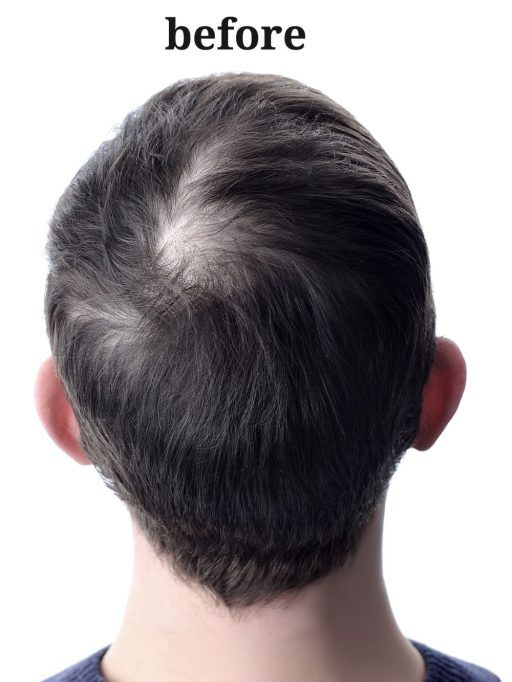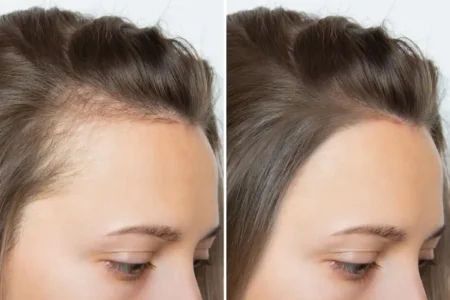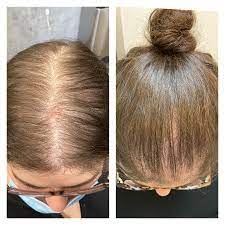Exosomes vs. Stem Cells: Understanding the Difference
What are Exosomes?
Exosomes are non-living cellular vesicles that act as messengers, carrying proteins and genetic material to other cells.
They are secreted by stem cells and work through paracrine signaling to communicate with hair follicle stem cells,
stimulating them and reducing inflammation to promote hair growth.
What are Stem Cells?
Stem cells are living cells with the ability to multiply and differentiate into various cell types.
When inserted into the body, they proliferate and produce new tissue cells, encouraging regenerative actions
to repair damaged tissue.
Key Differences
- Risk: Exosomes have a lower risk of immune rejection, tumor formation, or uncontrolled cell growth compared to stem cells.
- Invasiveness: Exosomes are minimally invasive, offering a quick return to daily routines with little to no downtime.
Stem cells involve more complex procedures and longer recovery periods. - Efficacy: Exosomes efficiently deliver high concentrations of growth factors to target cells,
while stem cells are ideal for significant tissue repair and regeneration.
Which to Choose?
The best option depends on individual goals. Exosomes are a preferable choice for patients seeking faster,
more efficient rejuvenation with less risk and downtime. Stem cells may be more beneficial for chronic conditions
or significant tissue loss.
How it Works
Release and delivery:
Damaged cells release distress signals, triggering the release of exosomes from nearby and distant cells, such as mesenchymal stem cells (MSCs). These vesicles enter the bloodstream and travel to the site of injury.
Targeting:
The exosomes are drawn to the damaged site by chemical signals from the injured tissue, a process called homing. Their surface proteins allow them to be recognized by and fuse with the membranes of targeted cells.
Cargo transfer:
Once fused, the exosomes release their “cargo” of bioactive molecules (growth factors, anti-inflammatory cytokines, mRNA, and microRNA) into the target cells.
Healing response:
The delivered cargo alters the target cells’ behavior. For example, exosomes can promote tissue regeneration, stimulate the formation of new blood vessels (angiogenesis), suppress the inflammatory response, and encourage collagen remodeling to aid in healing and reduce scarring.


have a question?
Quick answers to questions you may have
What are exosomes used for?
Exosomes are used to stimulate hair growth, reduce inflammation, and promote tissue repair.
Are exosomes safe?
Yes, exosomes are considered safe with lower risks of immune rejection or uncontrolled growth.
Can stem cells regrow hair?
Yes, stem cells can promote hair growth by repairing damaged tissue and stimulating hair follicle stem cells.

